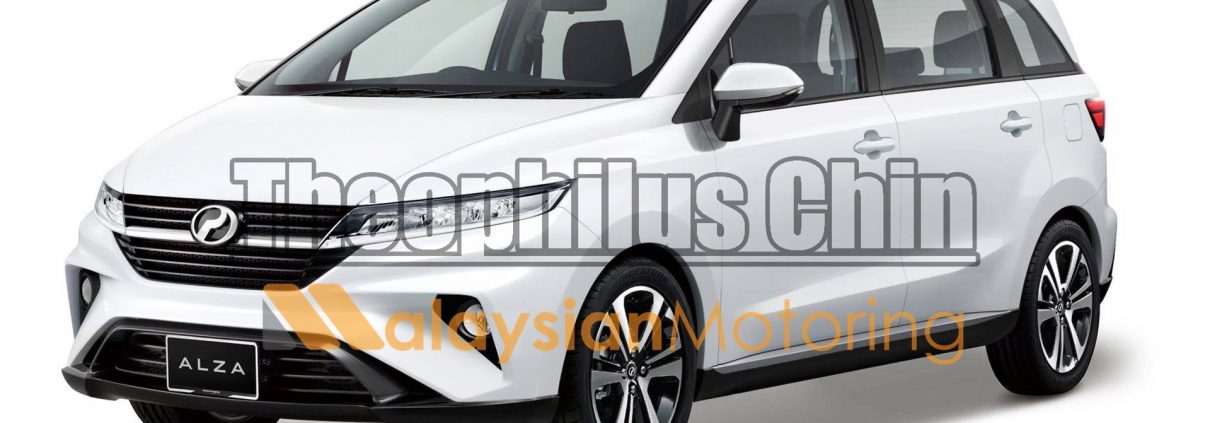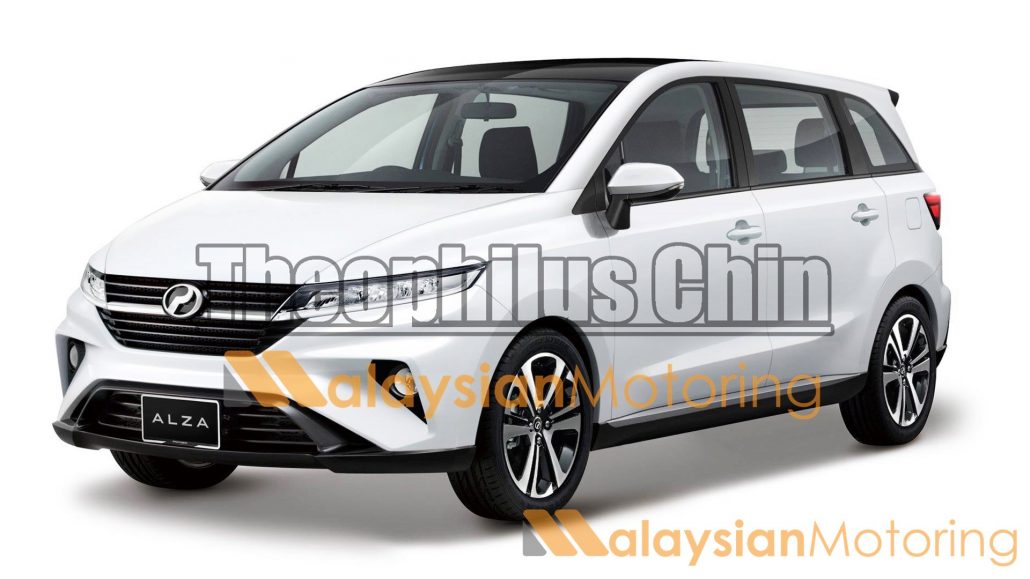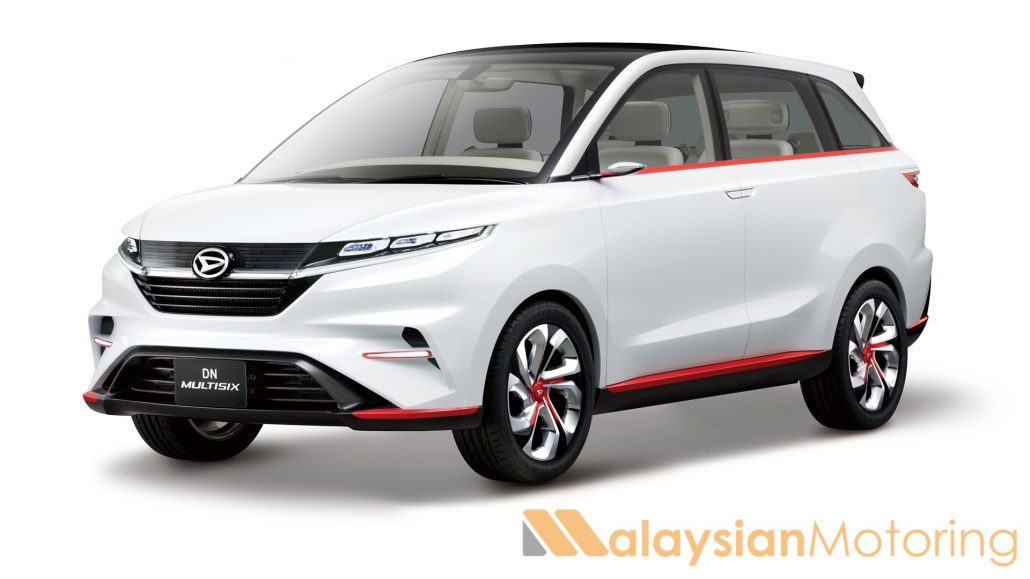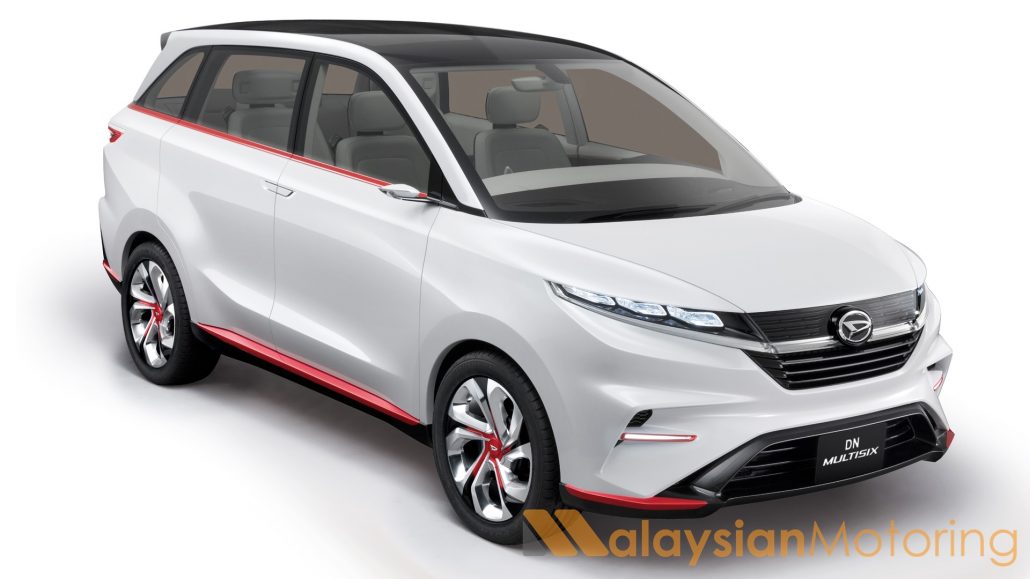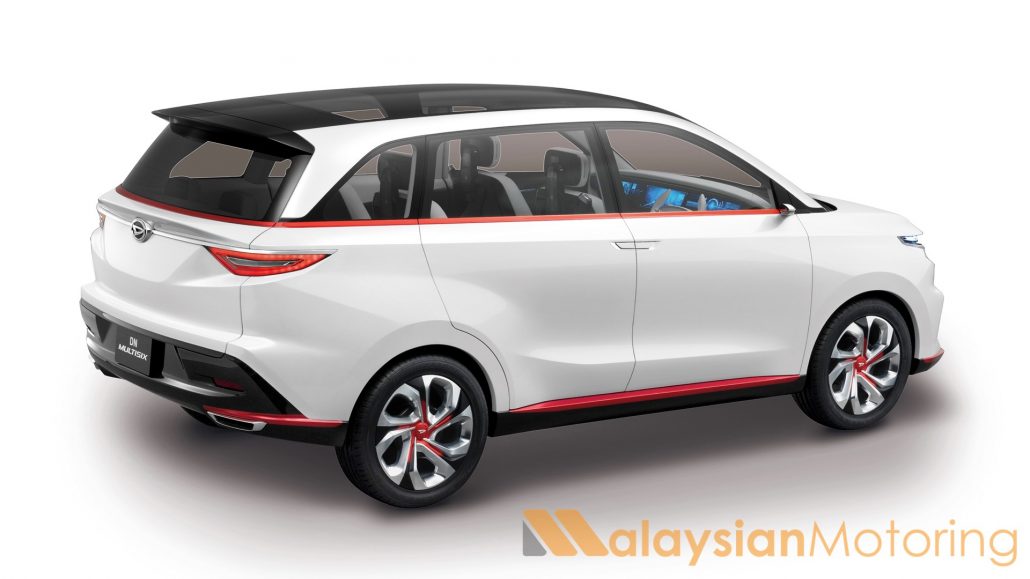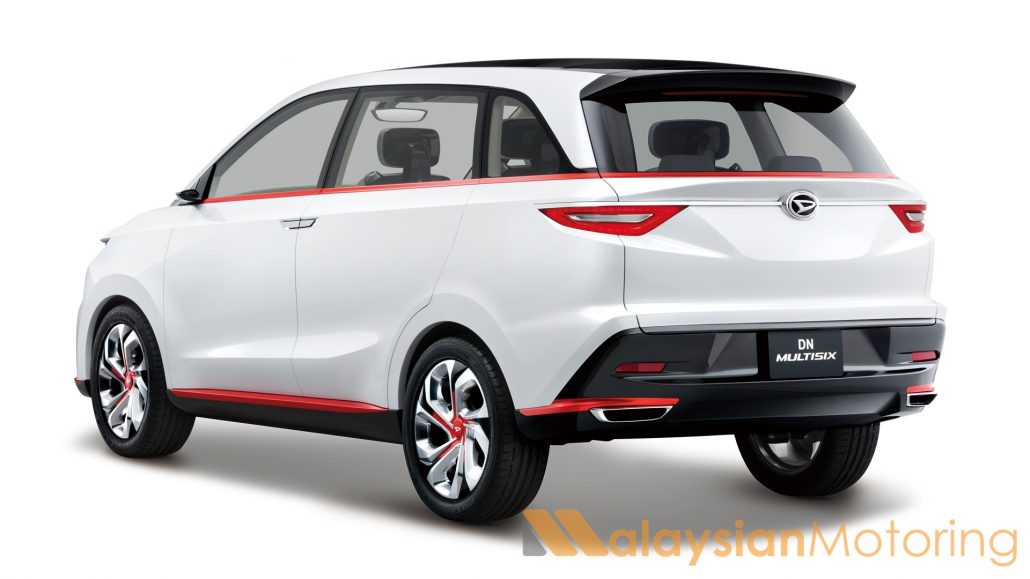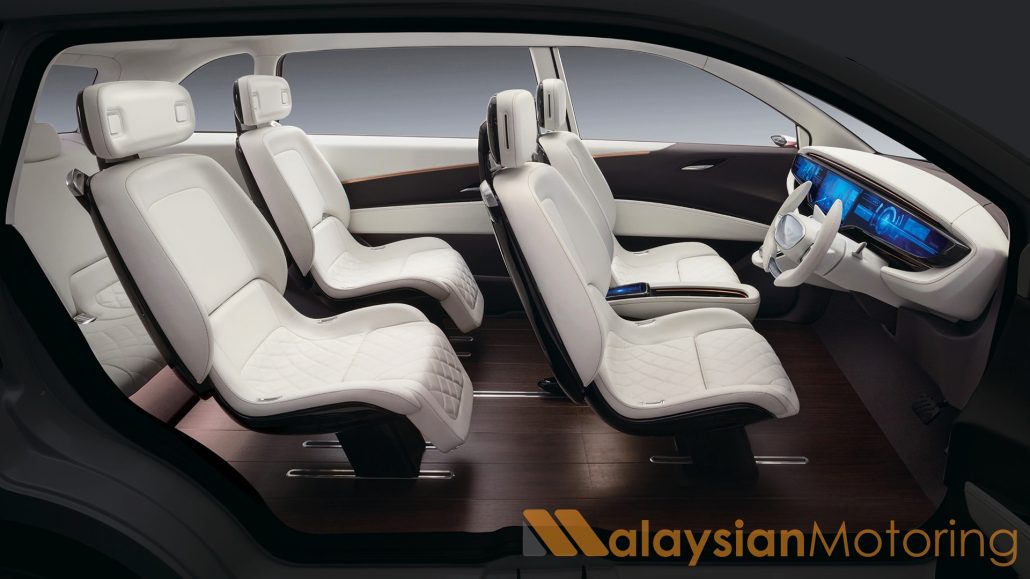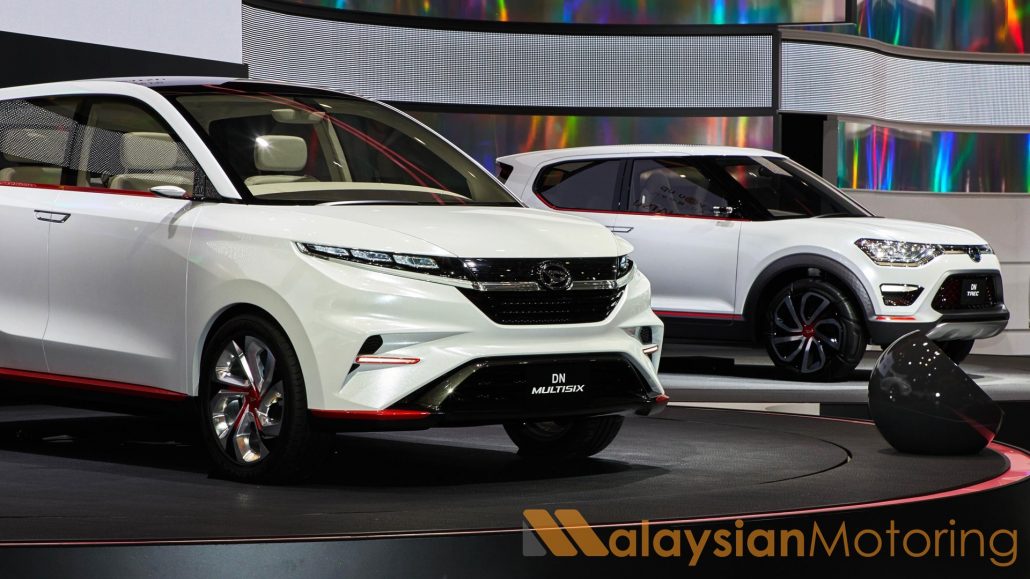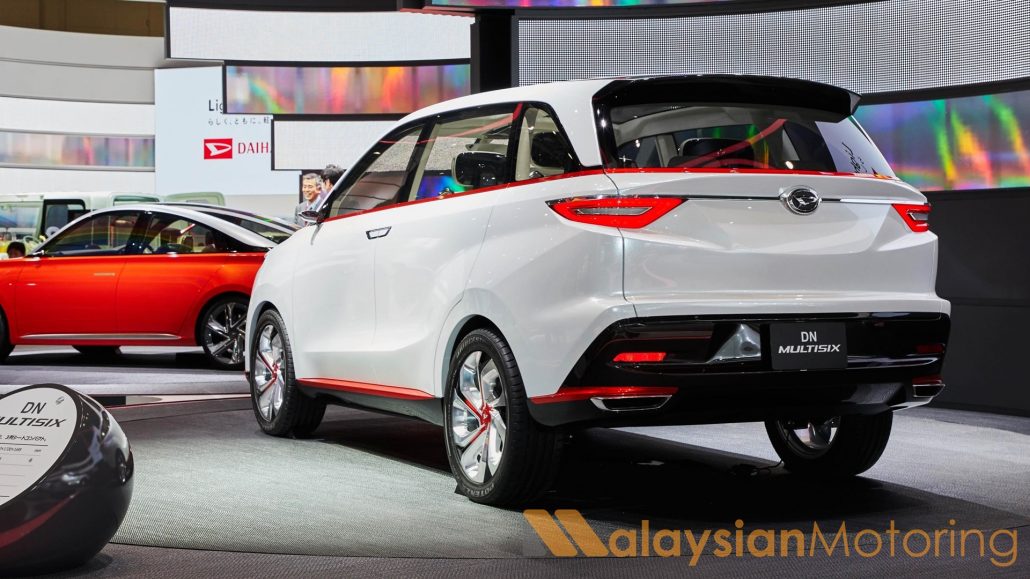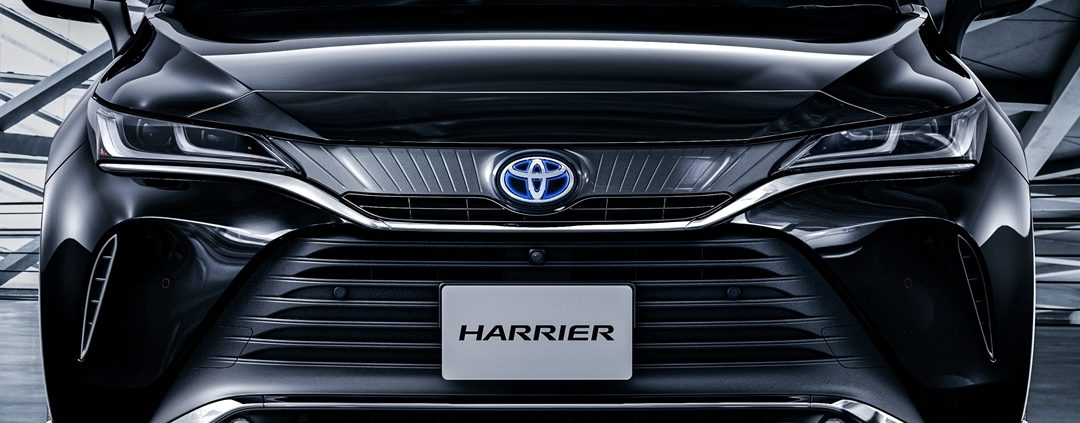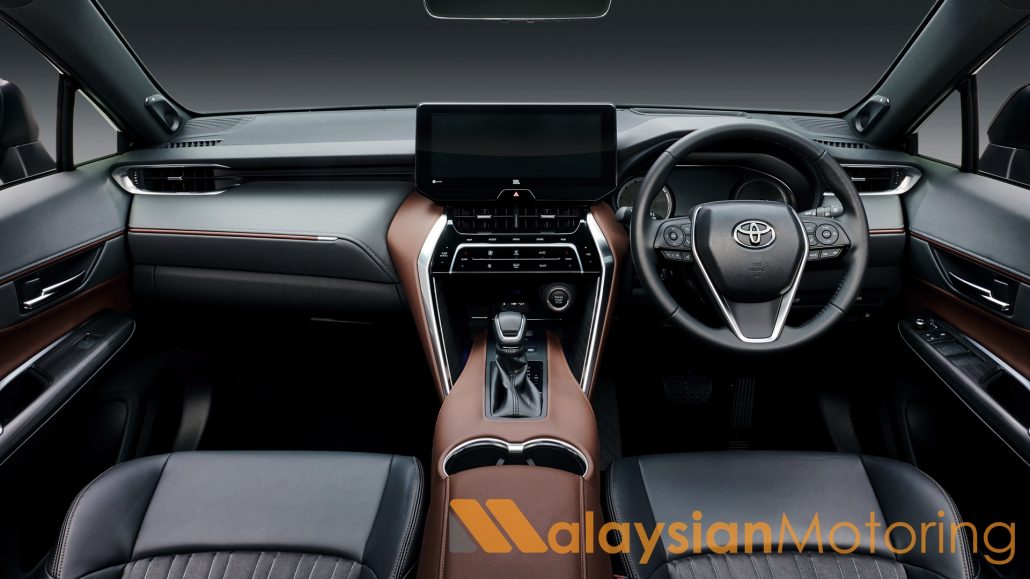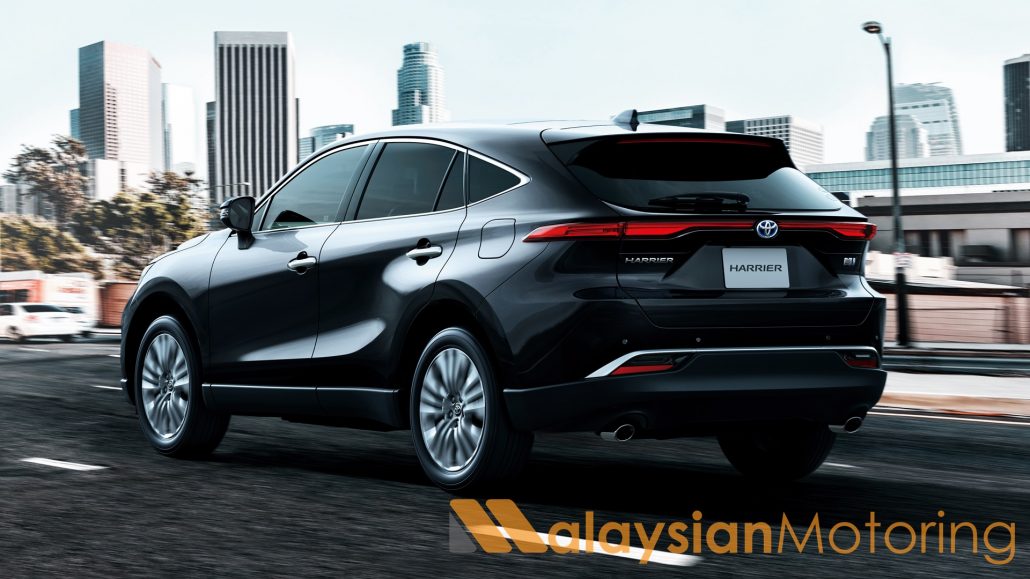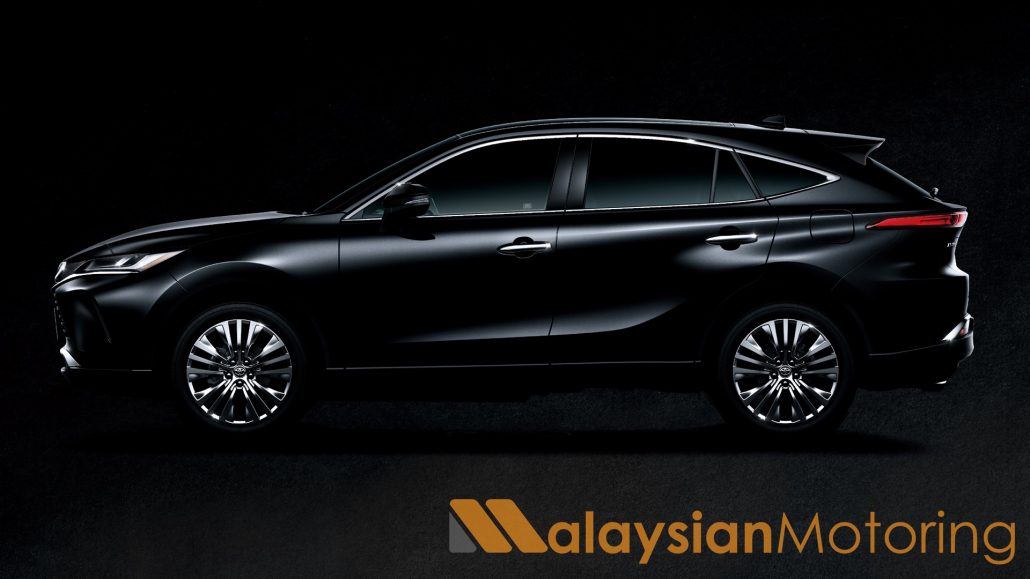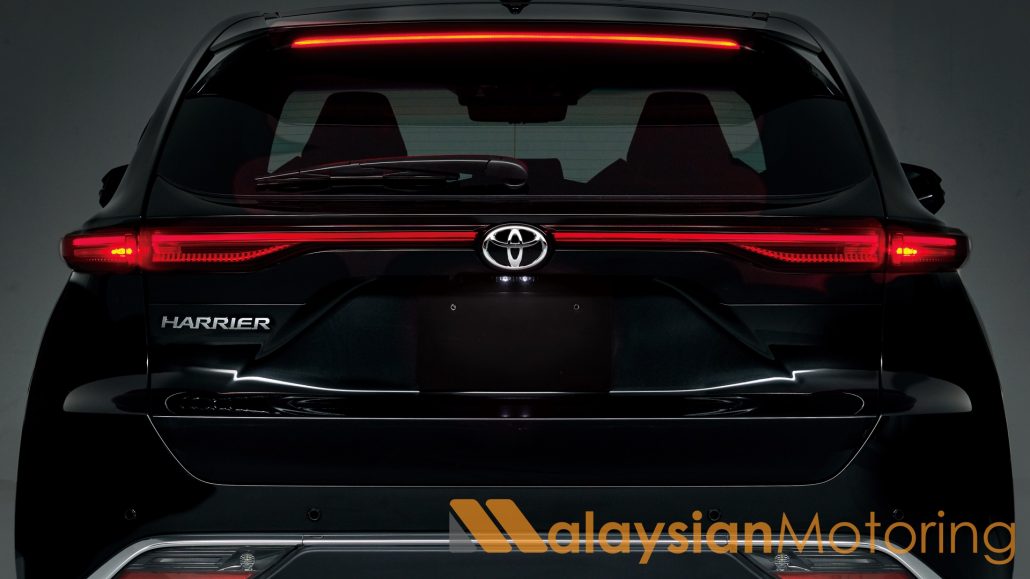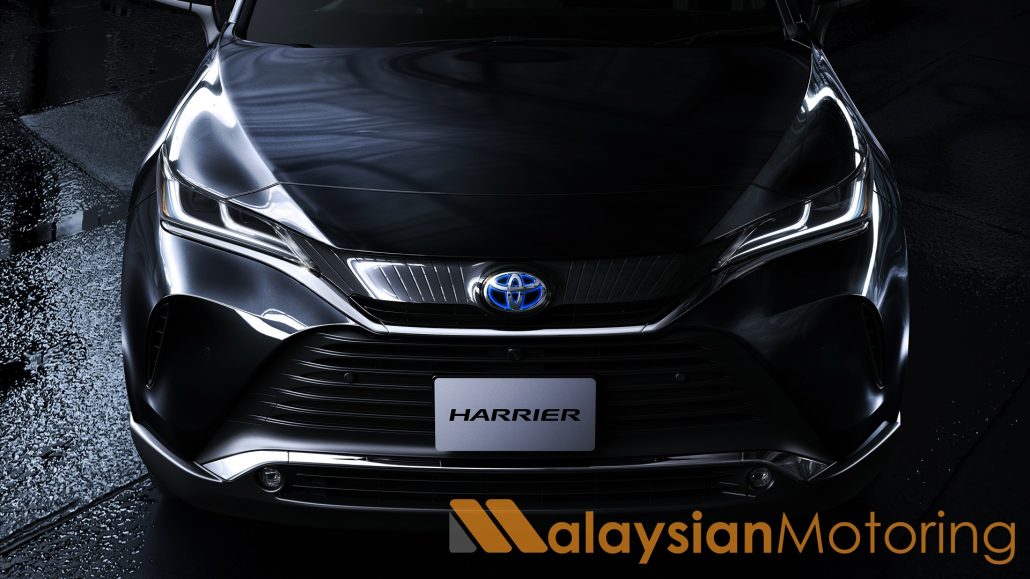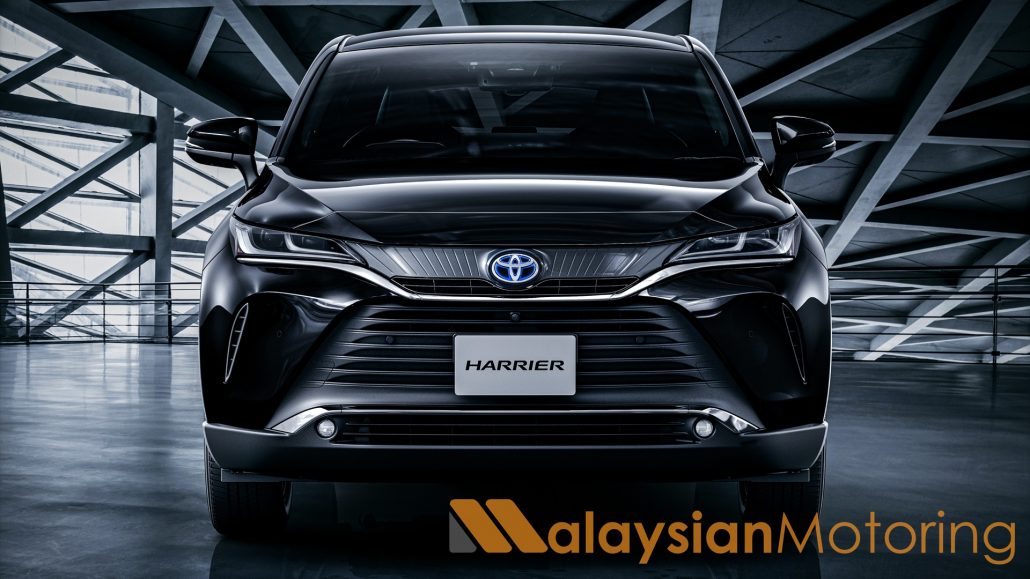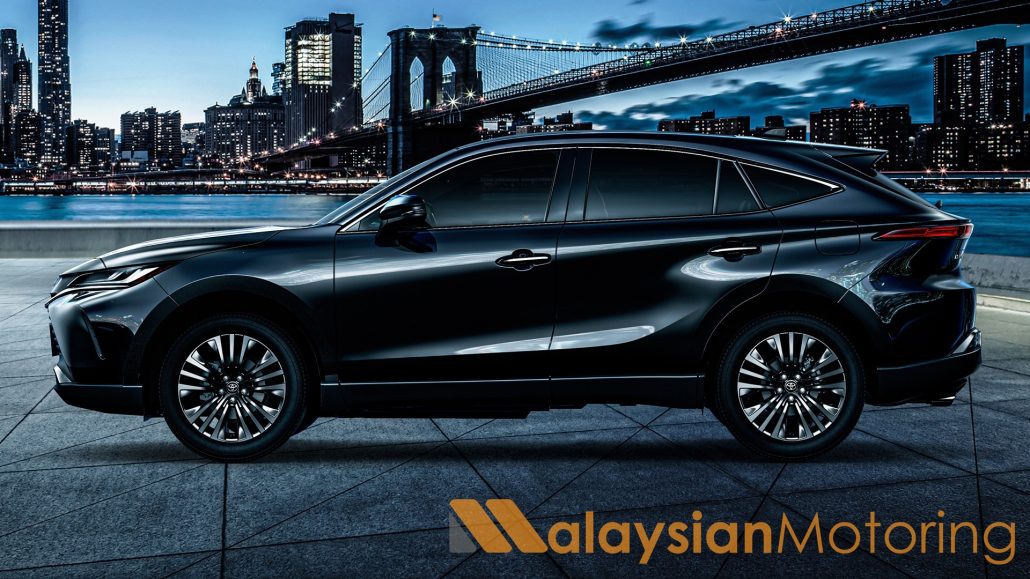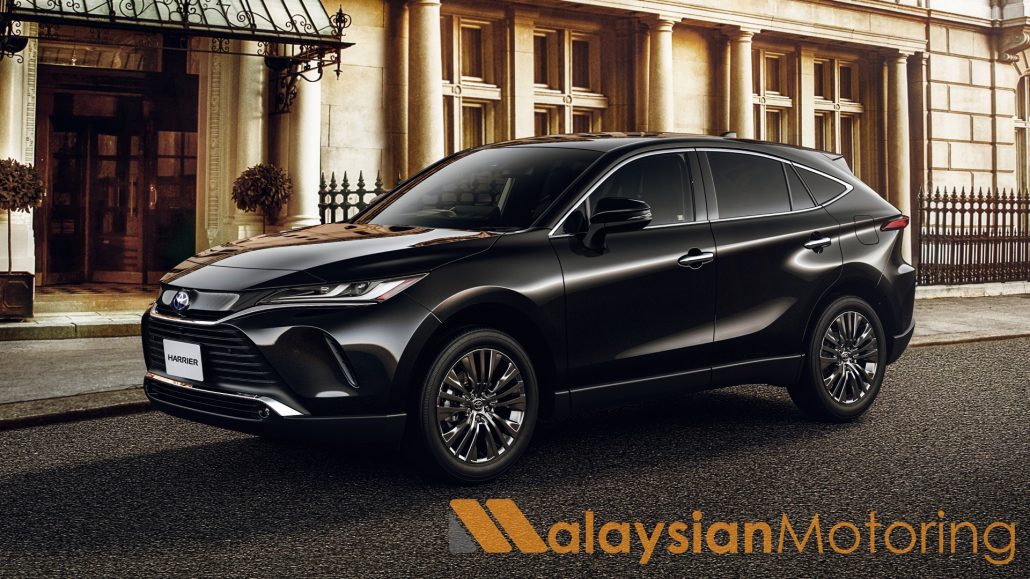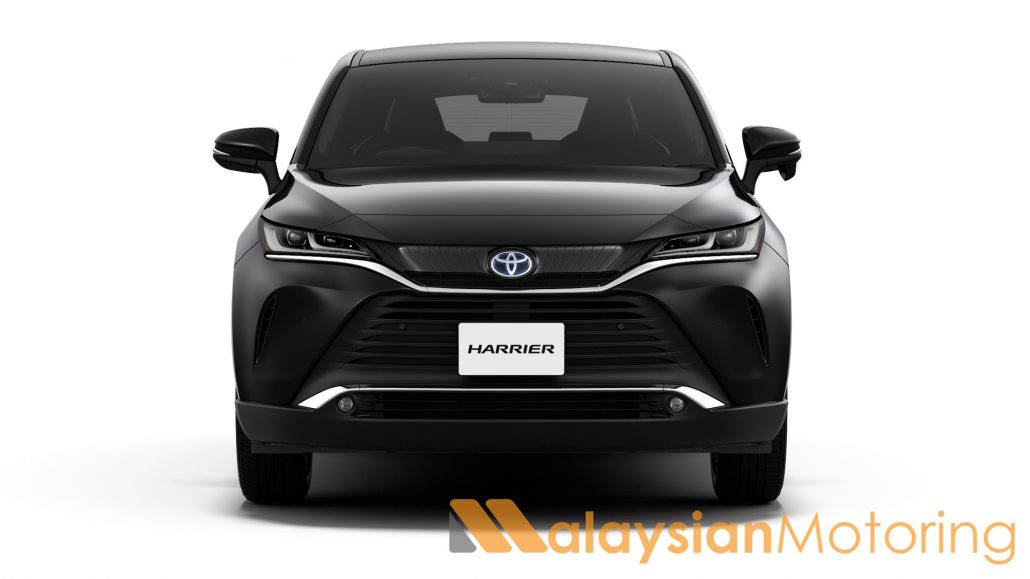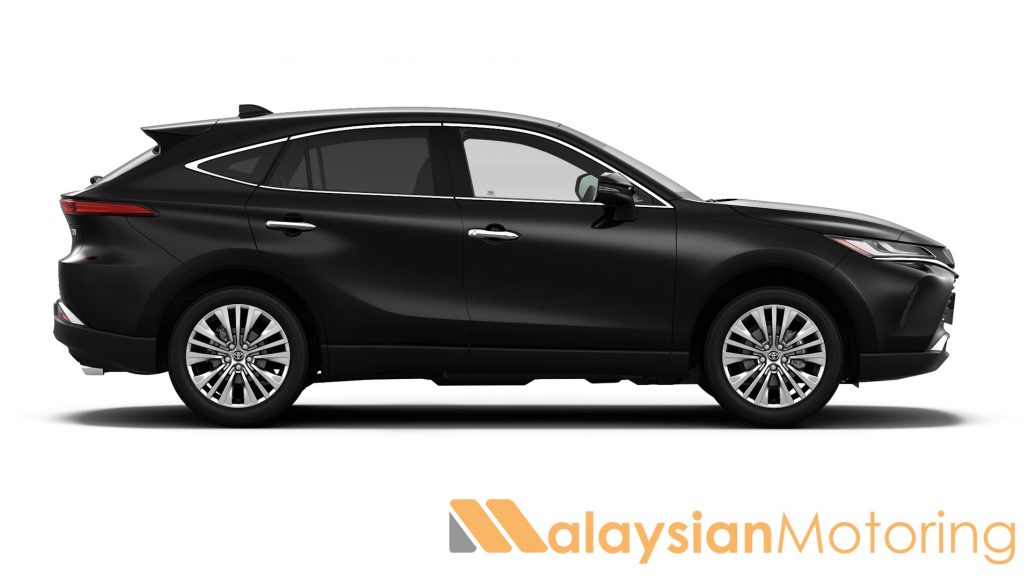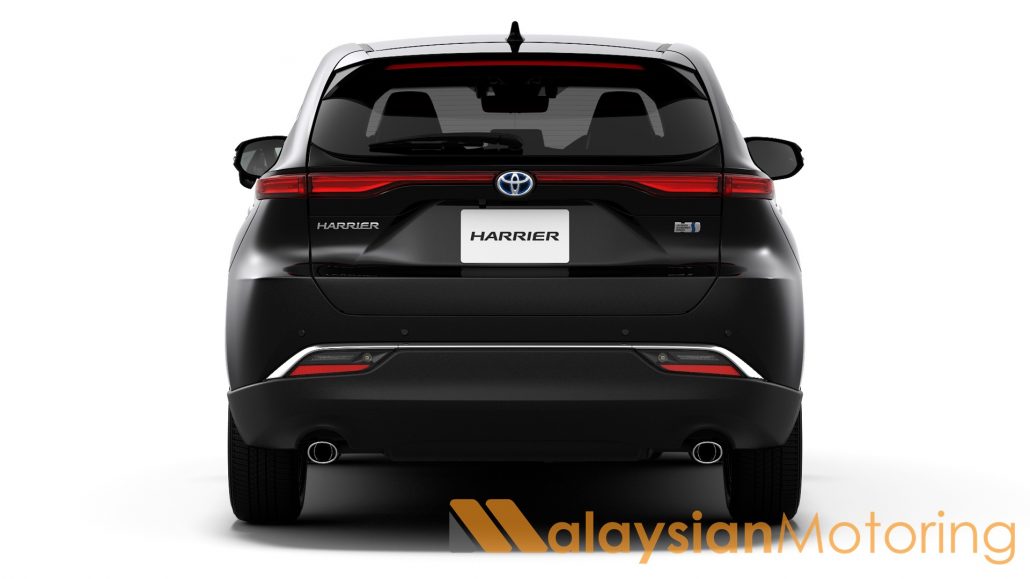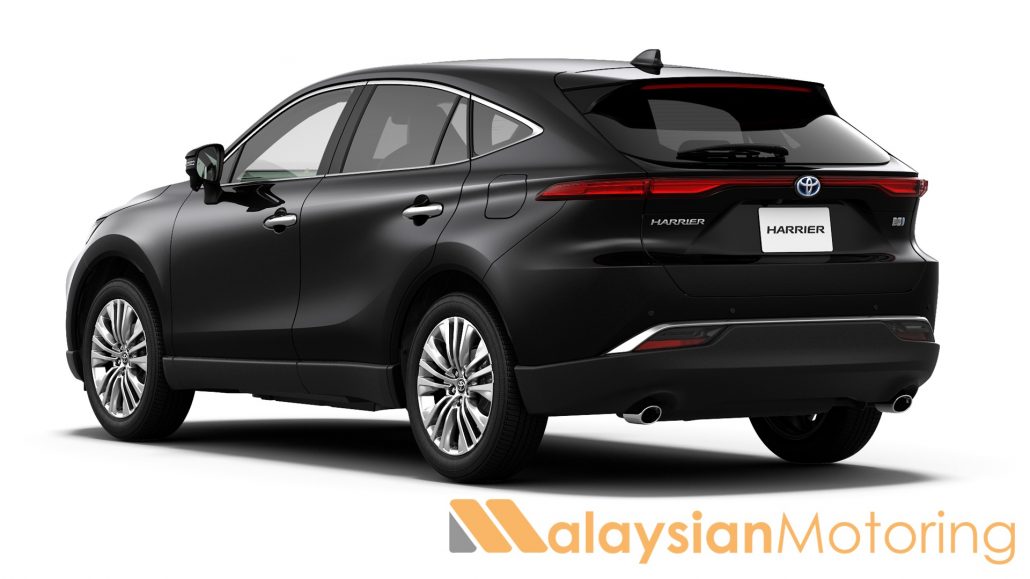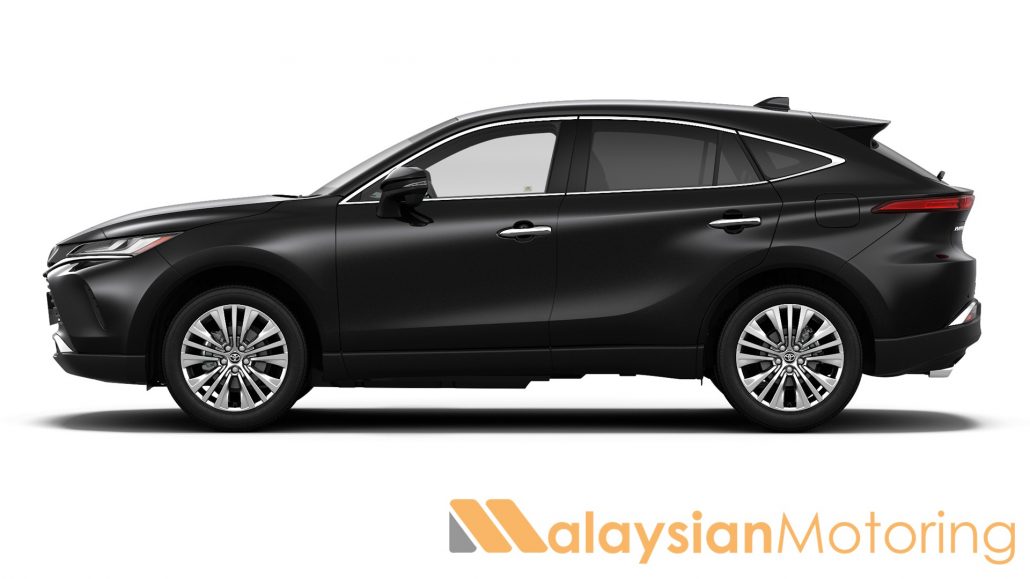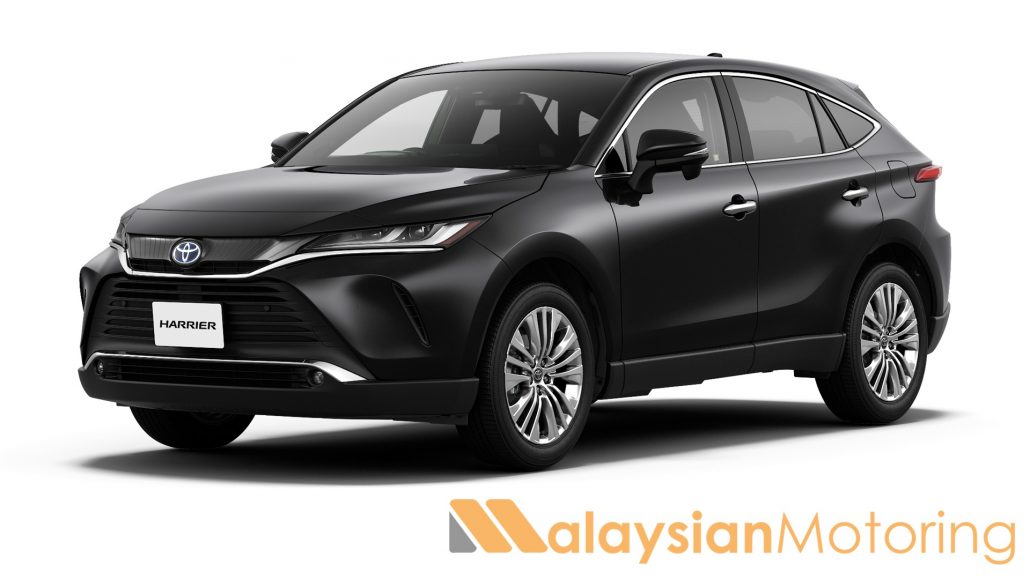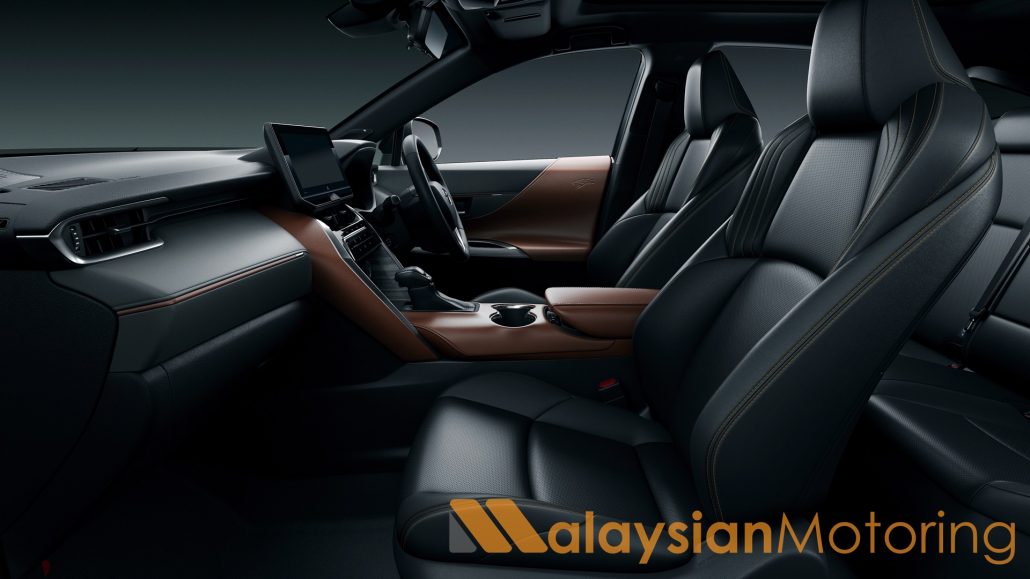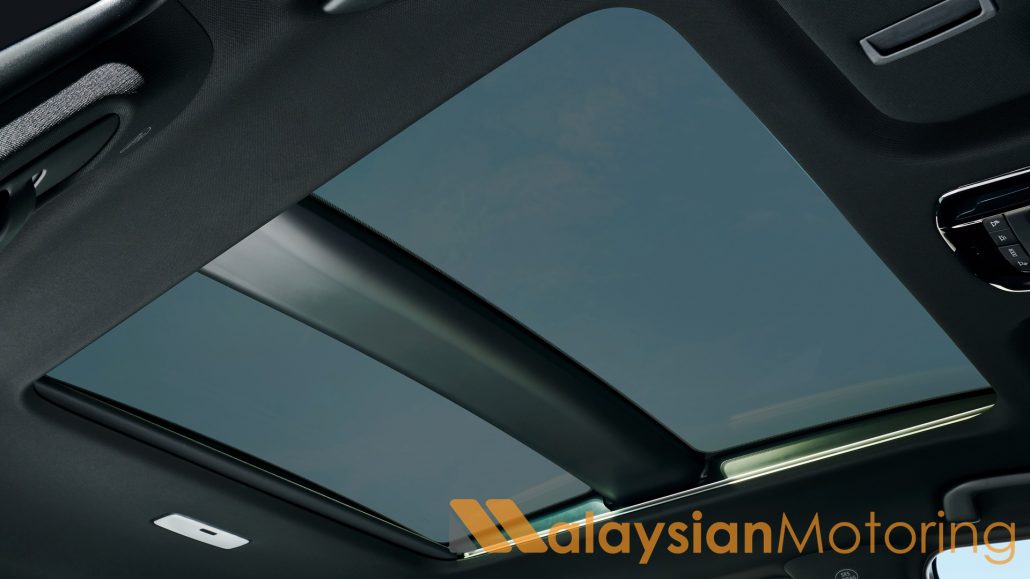2021 Perodua Alza (D27A) Shaping Up – 1.0-Turbo or 1.2-Hybrid, DNGA
It seems that the reality is forming at Perodua to finally usher in a replacement for its venerable Alza MPV – while the 7-seater’s sales remain surprisingly strong, with over a decade under its belt, it is about time that it is sent off to the figurative scrapyard in the sky. The Alza it seems is about to play a supporting role in Perodua’s ongoing transformation into a value-brand rather than a budget-brand it seems, preceded only by the D55L that we are insistent must go to market as the ‘Kembara.’
According to a report from Indonesia, Astra Daihatsu are in the very early stages of preparing a replacement for their Daihatsu Xenia, which is familiar to all and sundry here as the Toyota Avanza. For all intents and purposes the two cars are the same there, sharing just about everything, including most of their skin. Astra Daihatsu however is saying that their next Xenia will be a 2+2+2 rather than the 2+3+2 that we’re more familiar with, which has led us to connect the dots.
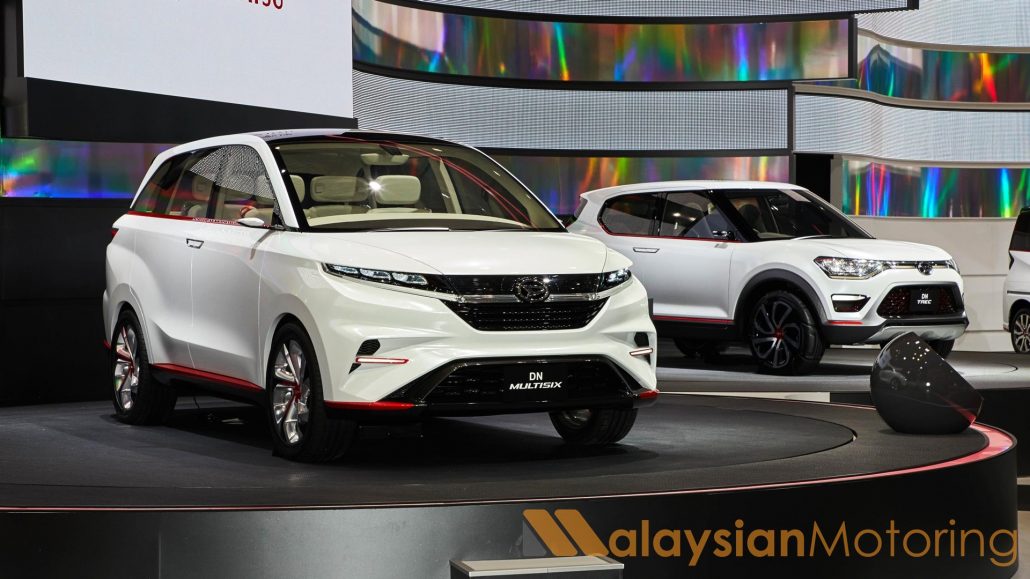
Some time ago at the Gaikindo Indonesia International Auto Show 2017 (GIIAS), Daihatsu brought the world the DN Multisix concept, which previewed a low-roofed compact MPV that was tipped to be the precursor to a Avanza-replacing model. That Multisix was later brought to Tokyo in 2017, where it sat alongside the DN Trec concept, which has since gestated into the Toyota Raize & Daihatsu Rocky duo, which are tipped to be a foreshadowing of the upcoming Perodua D55L ‘Kembara.’
Autonetmagz had more to share, however. In addition to leaking the progress of the information, they report that the DN Multisix will go into production running on Daihatsu’s New Global Architecture (DNGA), and be powered by either a 1.0-litre three-cylinder turbocharged motor, or curiously, a 1.2-litre hybrid powertrain. Notably, the former powerplant is heavily rumoured to go into production in Malaysia with the D55L ‘Kembara,’ whereas we all recall the strange ‘hybrid powertrain concept’ that Perodua had on display at KLIMS18, right? Could the D27A Alza be the model that brings electrification to the Perodua lineup?
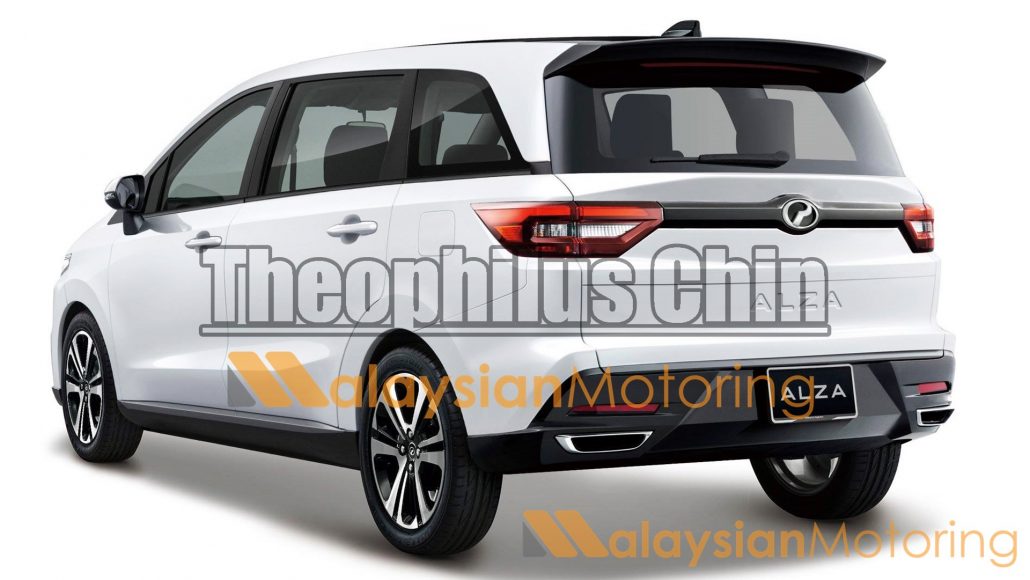
Either way, what we’re certain of seeing here is significant Malaysian input – it is no secret that Perodua a gem in ASEAN to both Toyota & Daihatsu, with the Sg. Choh company investing billions of Ringgit into improving their R&D facilities in order to take the lead. While we’re likely to see another Aruz this time around (in the sense that the differentiation will be less obvious among its Daihatsu & Toyota siblings rather than the Myvi and the JDM Sirion & Passo), once again we will have to highlight the level of involvement that Perodua will bring to the table. With Malaysian engineers & designers from Perodua permanently stationed in Japan to work with both Daihatsu & Toyota, this is certainly no rebadge effort. This is not the Perodua of the past.
However, if you’re looking at your bank balance and wondering if you can stretch for a new Alza, we have to rain on your parade – Perodua has emphasized on multiple occasions that it has the capacity to release 1 minor model change & 1 full model change every year. This year has seen the debut of the Perodua Bezza facelift, and it’s widely expected to see the arrival of the D55L Kembara too. Which means that, in all likelihood, the D27A Alza will be scheduled for a launch sometime in Q3 or Q4 2021.
Plenty of time to gather a downpayment, then.


